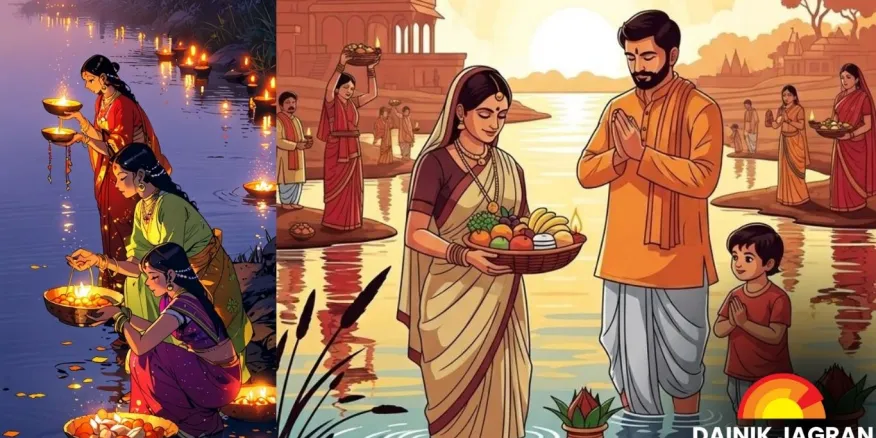Now Reading: Forgotten Indian Traditions That Still Hold Value Today
-
01
Forgotten Indian Traditions That Still Hold Value Today
Forgotten Indian Traditions That Still Hold Value Today

In our fast-paced, modern lifestyles, many traditional Indian practices have quietly faded into the background. Yet, several of these age-old customs still carry deep relevance—offering wisdom, sustainability, and emotional well-being. From how we eat to how we greet, these practices were never just rituals—they were rooted in science, respect, and balance.
Namaste: A Gesture Beyond Greeting
While handshakes and waves dominate today’s greetings, the simple act of saying “Namaste” with folded hands holds more than cultural beauty. It’s a gesture of respect and humility, with no physical contact—something the world rediscovered during the pandemic. In Tier 2 cities especially, elders still prefer this warm and respectful greeting.
Eating on Banana Leaves or Floor Sitting
In many Indian homes, eating on banana leaves or sitting cross-legged on the floor was once common. It’s not just about tradition—banana leaves are eco-friendly and believed to add subtle flavor, while sitting on the floor promotes better digestion. Such practices may feel outdated but offer sustainable and health-conscious alternatives even today.
Oil Baths and Hair Oiling Rituals
Weekly oil baths, using mustard or coconut oil, were not just for relaxation. They were meant to cool the body, nourish the skin, and strengthen hair. In urban homes, this has become a luxury spa trend, but in Tier 2 towns, it’s still practiced during festivals and weekends as a natural wellness routine.
Seasonal Eating and Ayurvedic Diets
Our grandparents followed simple food rules: eat seasonal, local, and fresh. Summer meant buttermilk and raw mangoes; winter brought sesame and jaggery. This isn’t superstition—it aligns with Ayurvedic principles that support immunity and digestion. With rising health issues, more nutritionists now recommend returning to such eating patterns.
Charan Sparsh (Touching Feet)
Touching elders’ feet as a mark of respect is another fading but meaningful tradition. It’s symbolic of seeking blessings and staying grounded. While younger generations may find it old-fashioned, it still resonates in family functions, especially in towns like Ujjain, Varanasi, or Gaya, where values are deeply rooted in tradition.
Household Practices: Rangoli and Earthen Pots
Making rangoli at doorsteps wasn’t just decorative—it was believed to attract positivity and energy. Similarly, storing water in earthen pots naturally cools it without electricity. These eco-conscious ideas are resurfacing as climate concerns grow, reminding us how sustainable our ancestors actually were.
Conclusion
India’s forgotten traditions aren’t just cultural relics—they’re practical, meaningful, and deeply relevant even today. In a time when people are searching for balance, health, and simplicity, reviving these practices could offer more than just nostalgia. Especially for families in Tier 2 cities, blending the wisdom of the past with modern life might just be the way forward.

























